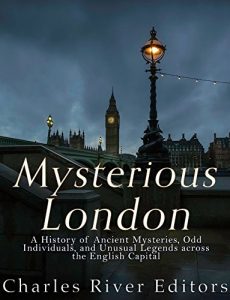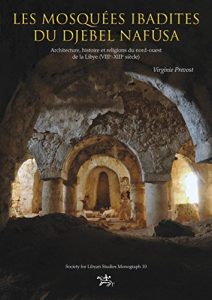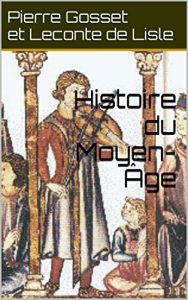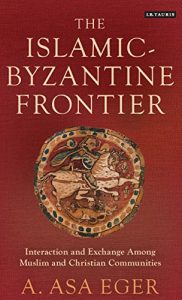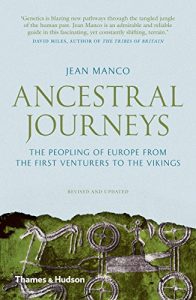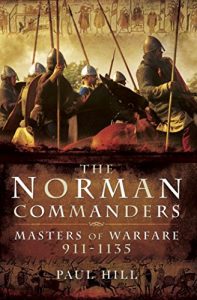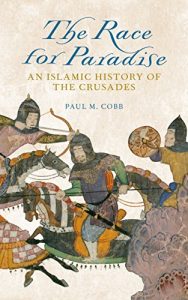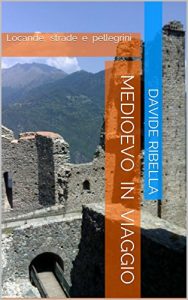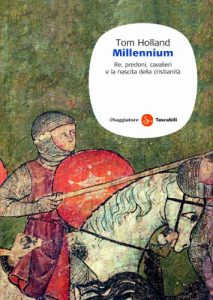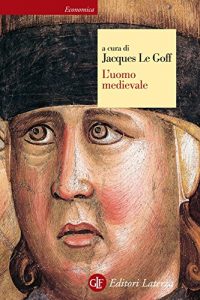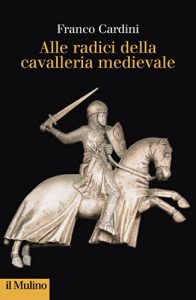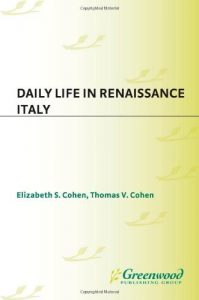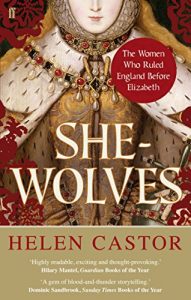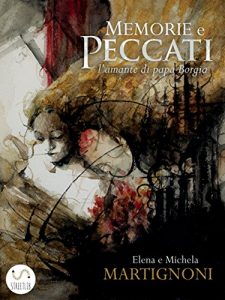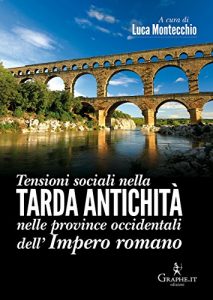I 99eBooks è una directory di eBook. Cerchiamo e classificato intorno alle eBooks Web per te!
Tutti i diritti riservati. I libri e libri elettronici sono di proprietà dei rispettivi proprietari.
Mysterious London: A History of Ancient Mysteries, Odd Individuals, and Unusual Legends across the English Capital (English Edition)
*Includes pictures
*Includes contemporary accounts
*Includes online resources and a bibliography for further reading
*Includes a table of contents
"The Anglo-Saxon charms… are of outstanding importance because they provide more than vague references of exceptional and short texts. They cannot be said to reveal everything, for there are numerous points in which they lamentably fail us, but they are numerous enough and, taken as a body, complete enough to give more than a tantalising hint of a strange world. The veil of mystification enveloping magic appears to be thin and transparent here." - G. Storms, Anglo-Saxon Magic (1948)
London is one of the great cities of Europe, a center of commerce, art, and science for more almost 2,000 years. Visitors today are treated to world-class museums, pulsing nightlife, and fine dining. But one does not have to search far beyond this prosperous and modern façade to glimpse an older, and more unusual, London; in fact, everywhere one looks, ancient traditions and old patterns emerge. Pagan figures peer down from pub walls, ghosts allegedly haunt major tourist sites, and strange customs continue in places of supposedly Christian worship.
London was founded by the Romans shortly after an invasion led during the reign of Emperor Claudius in 43 CE. The site chosen was the north bank of the River Thames, close to a good ford. The Romans called the capital of their new province of Britannia “Londinium,” derived from Celtic word “lond,” meaning “wild,” after the untouched states of the land. However, archaeology and folklore make clear that the land wasn’t entirely uninhabited. Londinium was already a sacred site for the Celts, and several swords and pieces of armor have been dredged up from the Thames, thrown there as offerings by Druids. Also, two of the city’s major religious centers, Westminster Abbey and St. Paul’s Cathedral, were Celtic sacred sites.
The last major Celtic resistance against the invaders came in 60 CE, when Boudicca, the female leader of the Iceni, gathered the tribes together and laid waste to Verulamium (modern St. Albans) and other Roman settlements before marching on Londinium. She burned and looted the city, but the Romans soon rallied and amassed their disciplined legions against her. The two armies met at an area near King’s Cross station known to later generations as Battlebridge. The Romans crushed the Celtic army and the warrior queen poisoned herself rather than be led away in chains. Legend has it that she is buried below platform seven of King’s Cross Station.
Given its ancient past, it’s no surprise London is so steeped in history and tradition, filled with prehistoric ruins, majestic castles, and a countryside sculpted from millennia of human habitation. Its rolling countryside is dotted with prehistoric burial mounds and stone circles. Brooding castles hold tales of bloodshed and honor. Medieval churches have elaborate stained glass windows and gruesome carvings, reflecting a mixture of hope and darkness. Every hamlet and village has tales that go back centuries, and folk festivals with roots in pagan times. London is built upon mystery, and what follows are only a few, because recounting them all would require an entire library.
Mysterious London is part of an ongoing series by Sean McLachlan and Charles River Editors that covers the mysteries and oddities of the world, including titles like Mysterious England, The Weird Wild West, Weird West Coast, Mysteries of the South, and Mysterious New England, and Weird Scotland. This book offers a sampling of strange, unexplained, and just plain odd stories from London that have fascinated people in and around the city for centuries. Along with pictures of important people, places, and events, you will learn about Mysterious London like never before.
*Includes contemporary accounts
*Includes online resources and a bibliography for further reading
*Includes a table of contents
"The Anglo-Saxon charms… are of outstanding importance because they provide more than vague references of exceptional and short texts. They cannot be said to reveal everything, for there are numerous points in which they lamentably fail us, but they are numerous enough and, taken as a body, complete enough to give more than a tantalising hint of a strange world. The veil of mystification enveloping magic appears to be thin and transparent here." - G. Storms, Anglo-Saxon Magic (1948)
London is one of the great cities of Europe, a center of commerce, art, and science for more almost 2,000 years. Visitors today are treated to world-class museums, pulsing nightlife, and fine dining. But one does not have to search far beyond this prosperous and modern façade to glimpse an older, and more unusual, London; in fact, everywhere one looks, ancient traditions and old patterns emerge. Pagan figures peer down from pub walls, ghosts allegedly haunt major tourist sites, and strange customs continue in places of supposedly Christian worship.
London was founded by the Romans shortly after an invasion led during the reign of Emperor Claudius in 43 CE. The site chosen was the north bank of the River Thames, close to a good ford. The Romans called the capital of their new province of Britannia “Londinium,” derived from Celtic word “lond,” meaning “wild,” after the untouched states of the land. However, archaeology and folklore make clear that the land wasn’t entirely uninhabited. Londinium was already a sacred site for the Celts, and several swords and pieces of armor have been dredged up from the Thames, thrown there as offerings by Druids. Also, two of the city’s major religious centers, Westminster Abbey and St. Paul’s Cathedral, were Celtic sacred sites.
The last major Celtic resistance against the invaders came in 60 CE, when Boudicca, the female leader of the Iceni, gathered the tribes together and laid waste to Verulamium (modern St. Albans) and other Roman settlements before marching on Londinium. She burned and looted the city, but the Romans soon rallied and amassed their disciplined legions against her. The two armies met at an area near King’s Cross station known to later generations as Battlebridge. The Romans crushed the Celtic army and the warrior queen poisoned herself rather than be led away in chains. Legend has it that she is buried below platform seven of King’s Cross Station.
Given its ancient past, it’s no surprise London is so steeped in history and tradition, filled with prehistoric ruins, majestic castles, and a countryside sculpted from millennia of human habitation. Its rolling countryside is dotted with prehistoric burial mounds and stone circles. Brooding castles hold tales of bloodshed and honor. Medieval churches have elaborate stained glass windows and gruesome carvings, reflecting a mixture of hope and darkness. Every hamlet and village has tales that go back centuries, and folk festivals with roots in pagan times. London is built upon mystery, and what follows are only a few, because recounting them all would require an entire library.
Mysterious London is part of an ongoing series by Sean McLachlan and Charles River Editors that covers the mysteries and oddities of the world, including titles like Mysterious England, The Weird Wild West, Weird West Coast, Mysteries of the South, and Mysterious New England, and Weird Scotland. This book offers a sampling of strange, unexplained, and just plain odd stories from London that have fascinated people in and around the city for centuries. Along with pictures of important people, places, and events, you will learn about Mysterious London like never before.
